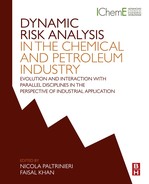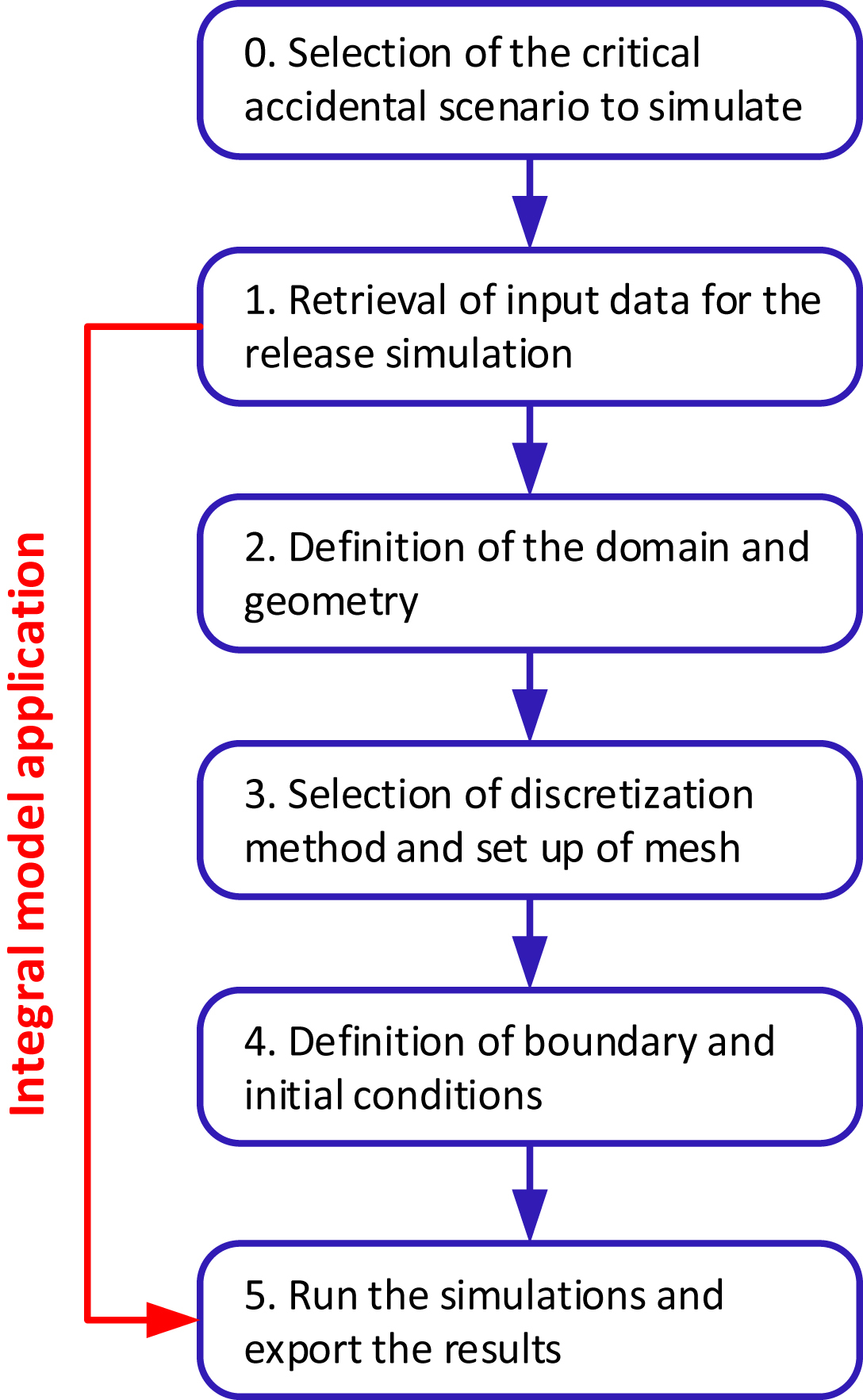Computational Fluid Dynamics Modeling
Tutorial and Examples
Abstract
This tutorial is aimed at demonstrating the capabilities of computational fluid dynamics (CFD) models in capturing complex dynamic scenarios. In particular, the focus is on the dispersion of flammable heavy gas in urban areas. The necessary steps for carrying out a dispersion study on a large scale are described. The methodology is applied for the analysis of a case study: the accident in Viareggio, Italy, in 2009, in which a flash fire occurred after the derailment of a freight train. It shows how CFD models allow effective reproduction of large-scale release and dispersion events in the presence of a congested and complex environment. In parallel, limitations of conventional approaches are also shown for the same case study.
Keywords
1. Introduction
2. Methodology Tutorial
3. Application of the Approach
3.1. Description of the Case Study
Table 10.1
Examples of Boundary Conditions Adopted in Gas Dispersion Studies Carried Out by Computational Fluid Dynamics Models
| Type of Element | Schematization | Type of Boundary Condition |
| Inlet of the substance in the domain | 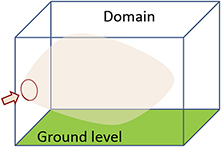 | Because the gas is characterized by compressible flow, mass or pressure inlet can be typically adopted [5]. Source term may be calculated with integral models [4] and imposed by the user to limit computational efforts. Temperature and turbulence of the inlet mass are assigned as well. |
| Outlet from the domain | 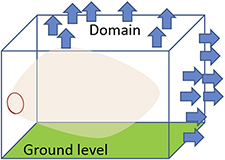 | Pressure outlet is typically adopted, defining the static/gauge pressure at the outlet boundary. This is interpreted as the static pressure of the environment into which the flow exhausts. |
| Surrounding air and wind inlet |  | As a result of low speed (subsonic conditions), incompressible flow may be assumed, imposing a velocity profile, temperature, and turbulence values for the inlet wind flux. |
| Ground and obstacles |  | No-slip boundary condition is commonly applied considering a solid “wall” for the ground, obstacles, buildings, etc. This is used to bound fluid and solid regions. Roughness and temperature are also specified. |
3.2. Simulation Settings
3.2.1. Computational Fluid Dynamics Model
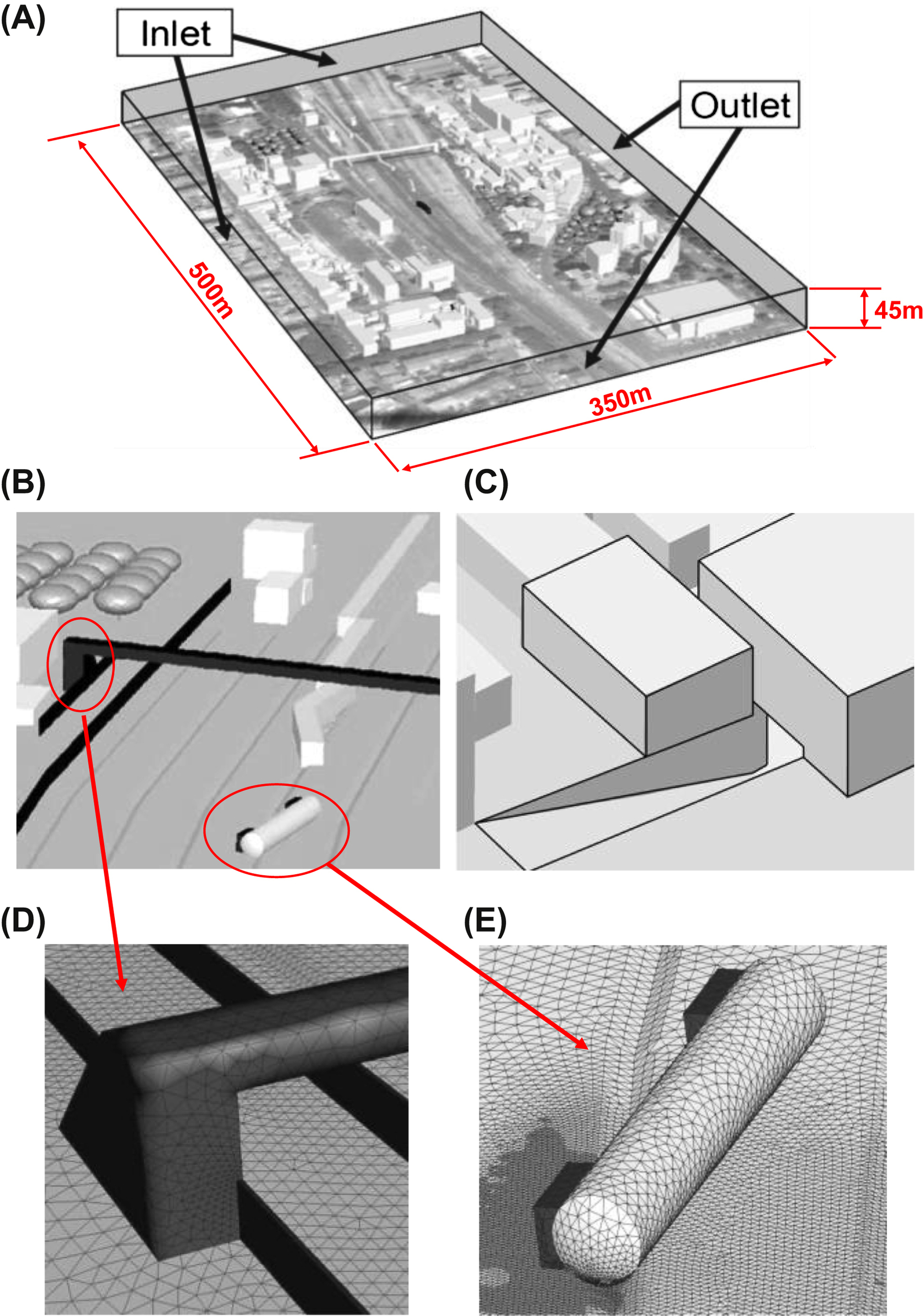
3.2.2. Integral Models
3.3. Results and Discussion


